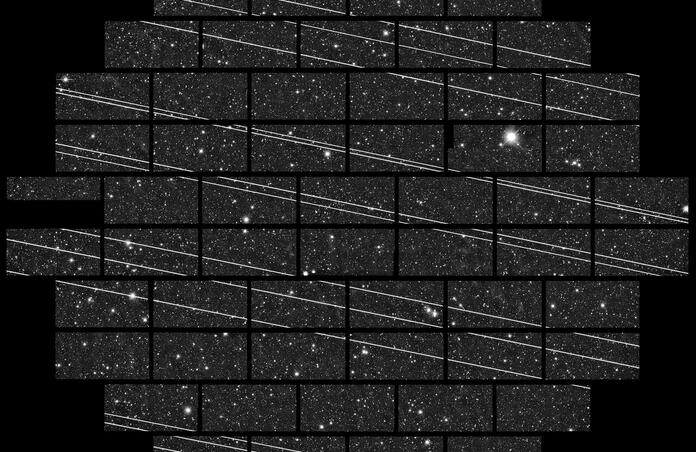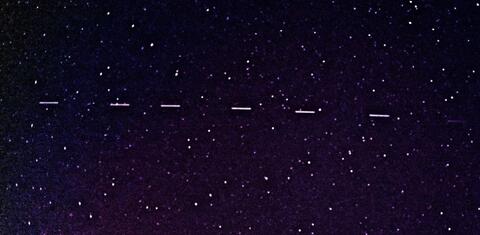Will Starlink Disconnect Us from the Sky for Good?

A year ago, this image from the Blanco telescope at the Cerro Tololo Inter-American Observatory (CTIO) in Chile was disrupted by the transit of at least 19 satellites from Elon Musk’s company Starlink.
Now, there are 775 of those machines revolving around our planet and more are to come, as the official aim of the company is to put 12 000 devices in orbit. However, the apparatuses regularly make the headlines of astronomy news due to the trails they leave on observational images.


Since the first streetlights were installed in cities in the 19th century, light pollution has increasingly become a matter of concern for astronomers. The image above shows the difference between a view of Orion from a dark place versus an observation from a city. Clearly, conducting good research from city-based observatories is nowadays close to impossible.
As we can again see in this illustration, there are also some newer sources of light pollution that worry telescope owners (even those in more remote locations like the Chilean CTIO) – at first, it was planes, but more and more it’s the regular passing of satellites. It comes as no surprise that a satellite mega-constellation like Starlink is controversial, as it means thousands of bright objects flying through the sky each night. Musk’s attempt at creating a black satellite “Darksat” was absolutely unsuccessful as professional, terrestrial telescopes are still sensitive to that luminosity level.
The commendable purpose of “expanding [high speed broadband Internet] to near global coverage” has more than this one cost. Starlink also promises that they want to keep space clean, but expert’s worst nightmare would be a collision between satellites. Even if, as the company assures, at the end of their life the machines will burn up in the atmosphere, there are already many remote-sensing and telecom instruments at the altitude of Starlink satellites. Any of those could suddenly break down and crash into another. What’s worse, the European Space Agency already had to change the path of one of their devices in September 2019 because Starlink refused to move, although their satellites are said to be equipped with autonomous collision avoidance systems.
Aside from that, there is not only the visual pollution and that of potential space debris that poses a threat. Although the satellites are, undeniably, technologically advanced, the resources needed to build, launch and maintain them are … astronomical. Musk’s response that “I am able to do whatever I want” is not encouraging for the fight against climate change and our terrestrial pollution.
So, although Starlink claims to connect more people via Internet access, the real question is whether it’s worth disjoining us from the natural environment, including the night sky, even more. After the consequences of streetlights, will we let satellite mega-constellations disrupt observations? Of course, for astrophysics research, we have fabulous telescopes in space, but they are much more expensive than terrestrial ones. And what about people like you and me who just wish to enjoy observing the Universe from their backyard?
